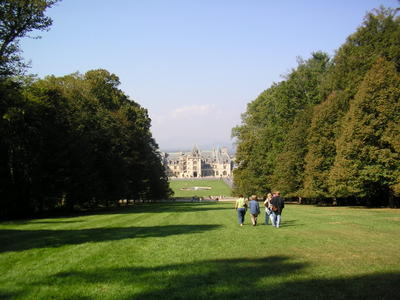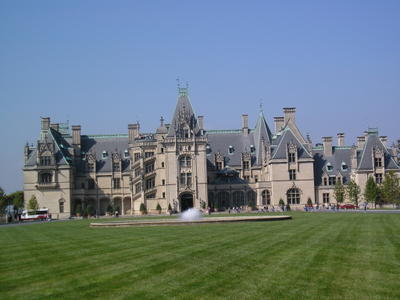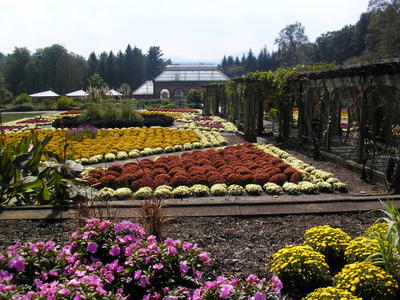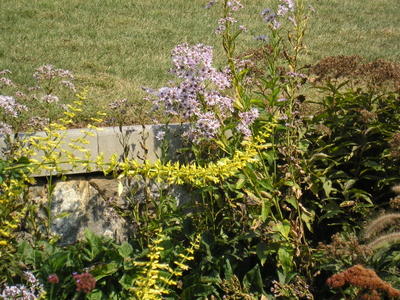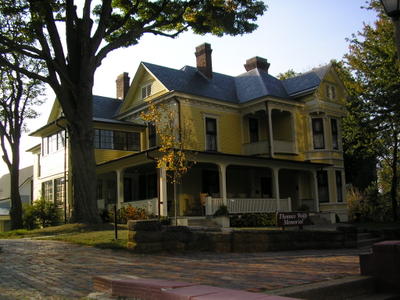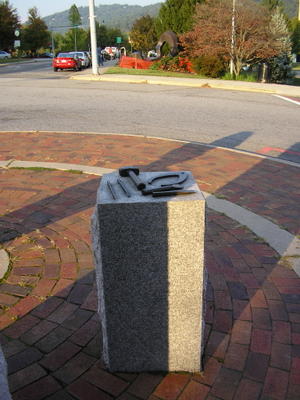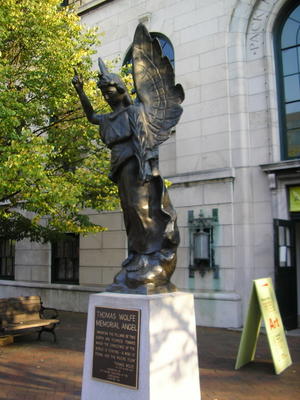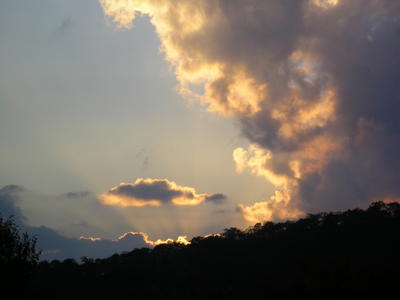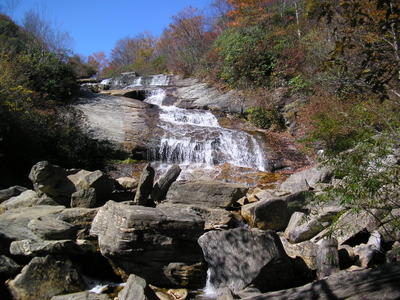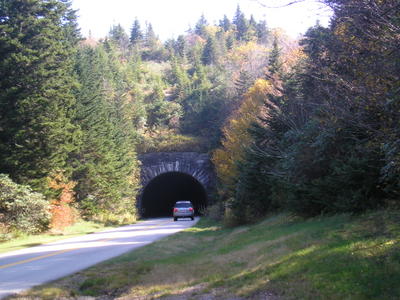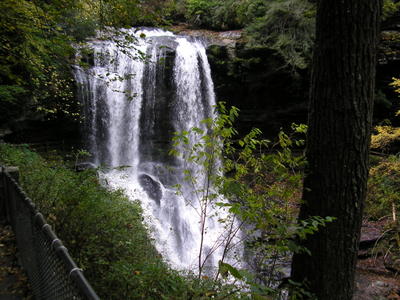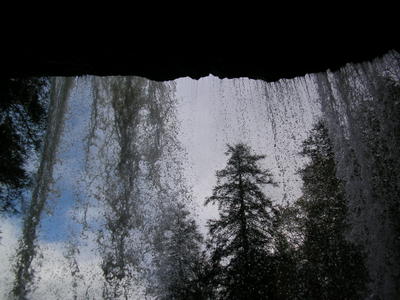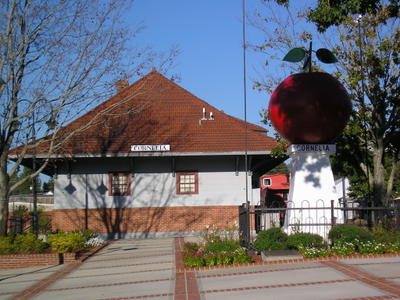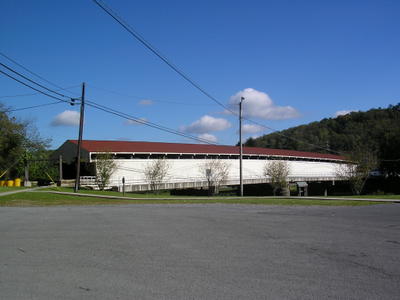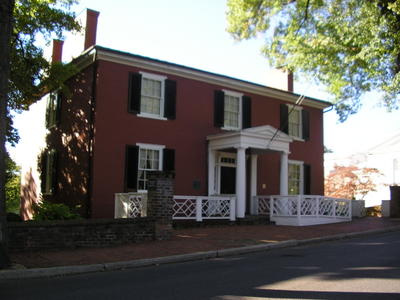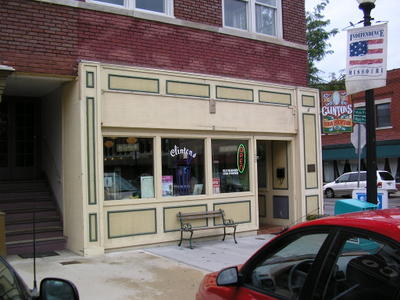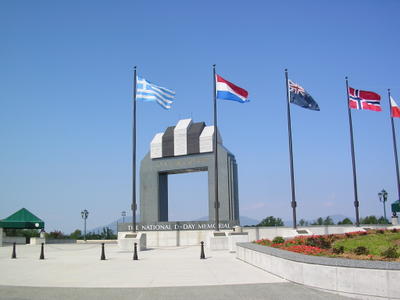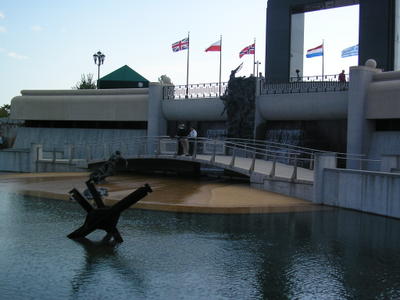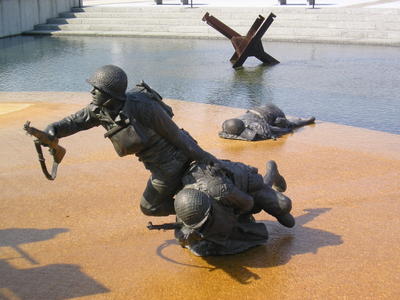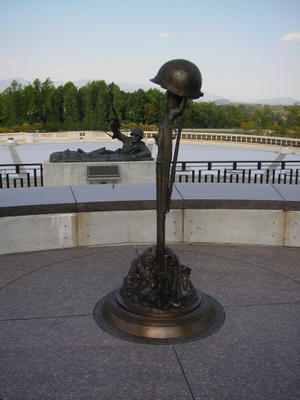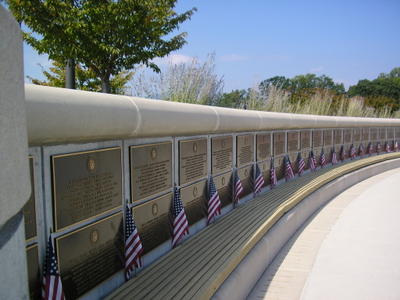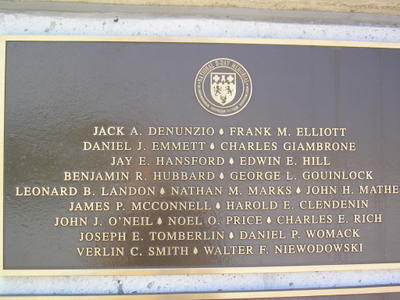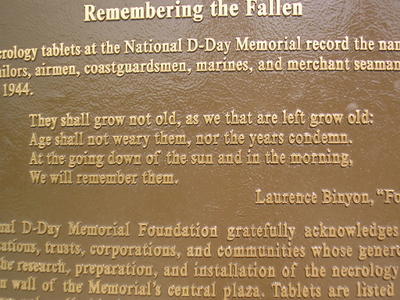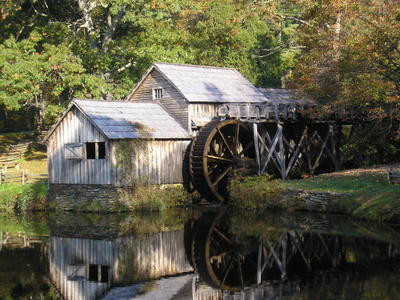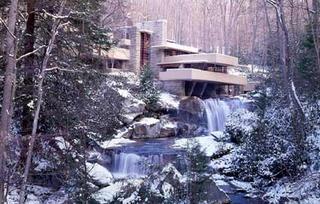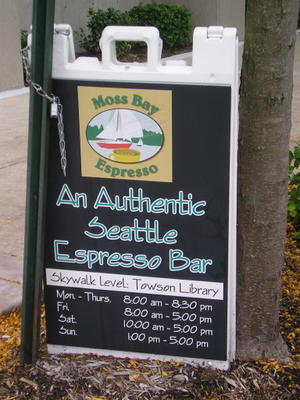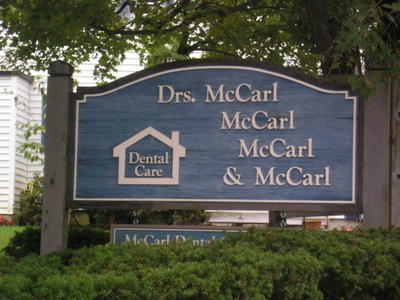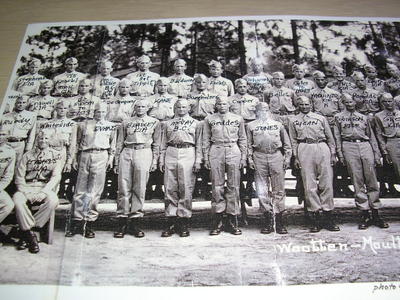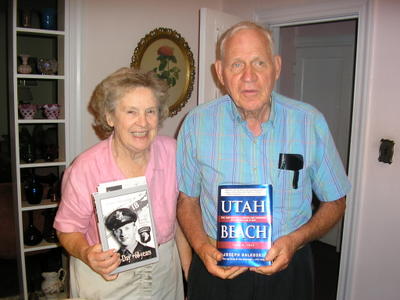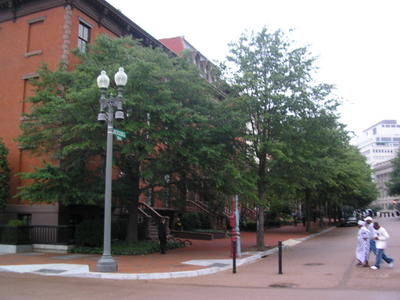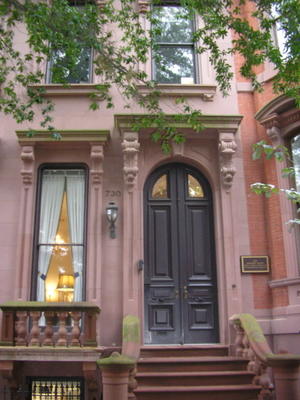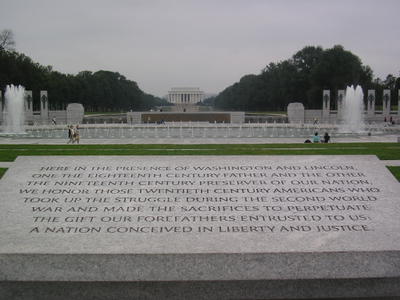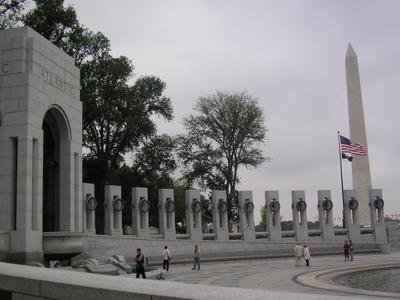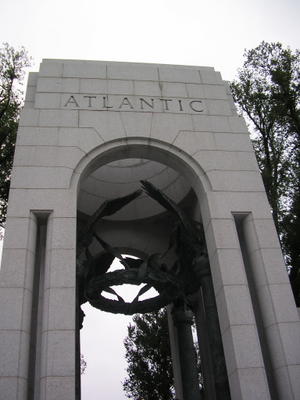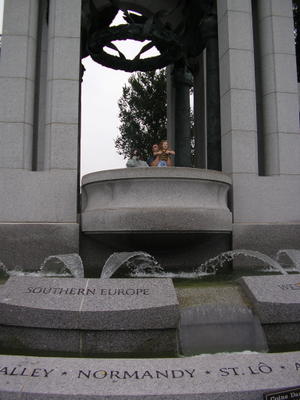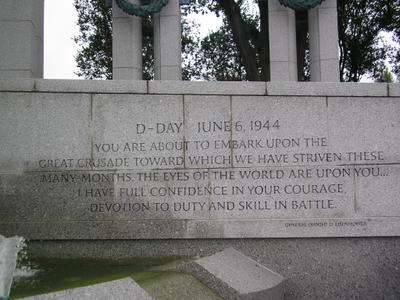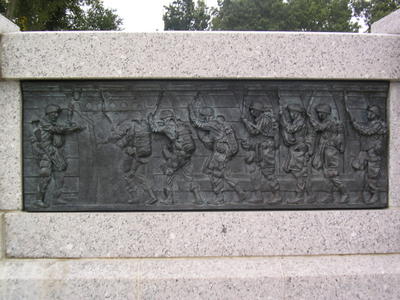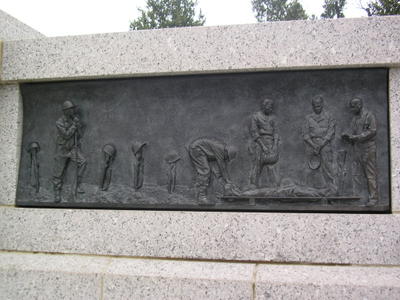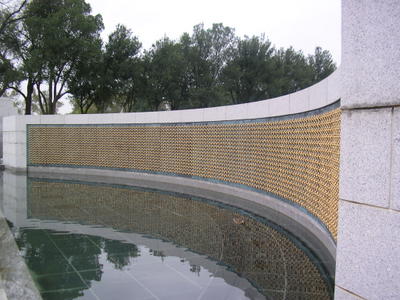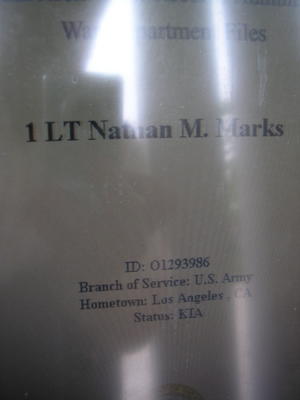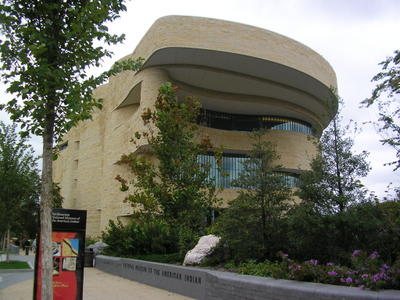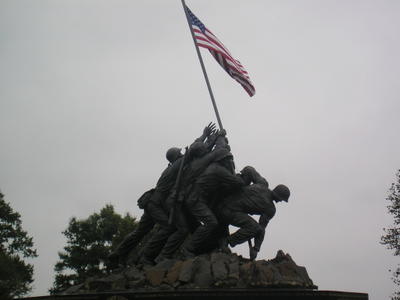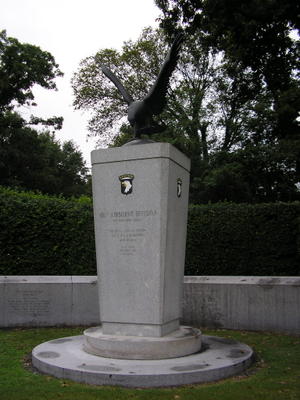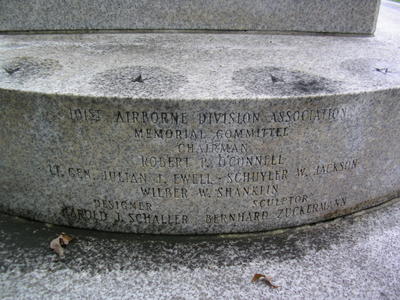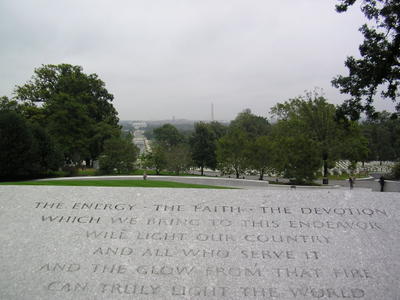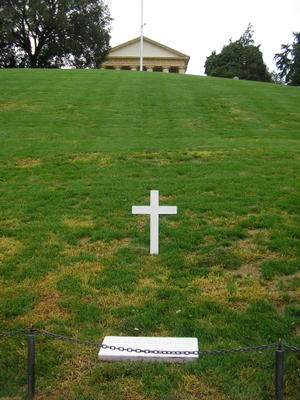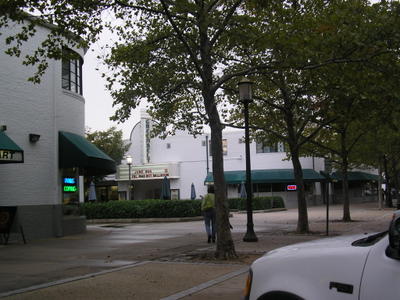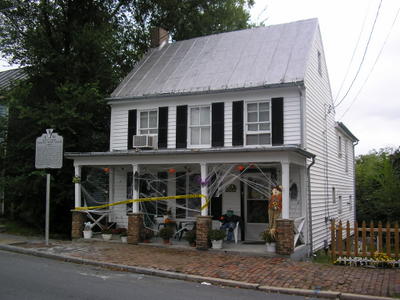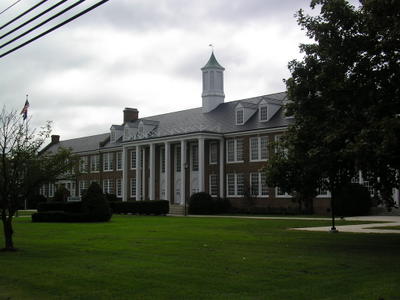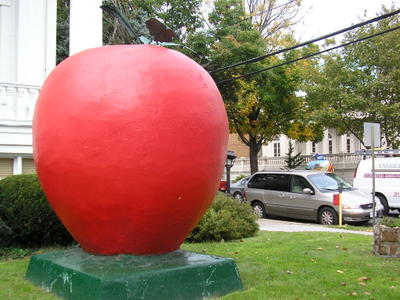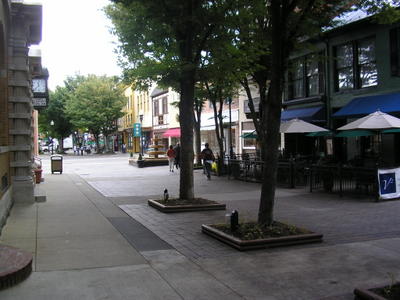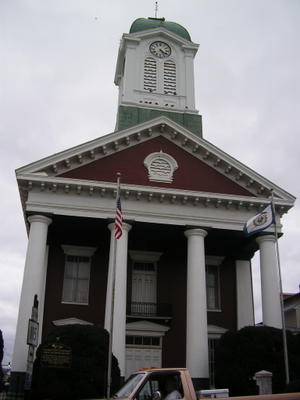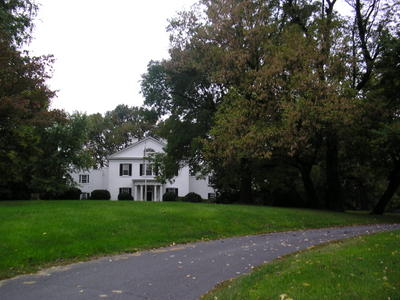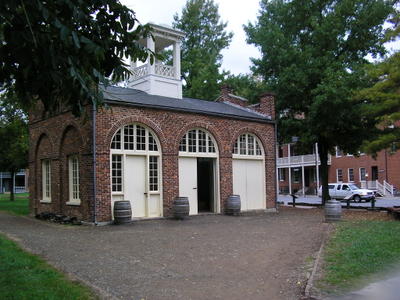EPISODE 9: TOCCOA AND CAMP MACKALL
Conceived in liberty and dedicated….. If anyone has read Stephen Ambrose’s Band of Brothers or seen the HBO movie you know about Toccoa, GA where the paratroopers received their first training. Band of Brothers is about a company in the 506th Regiment while my father was in the 501st. As well as the start of the paratroopers training Toccoa was the start of something else as that is where I was conceived.
I had been to Toccoa once before with a reunion of the 501st in 2000 but I wanted to come back because it seemed appropriate for this trip, plus last time I did not have time to do any research or climb up Mt. Curahee. And I heard they have started a new museum. It turns out that the new museum will be in the old train station but it has not opened yet. One of the things that really stuck in my mind from my first visit was the train station. This is where all the callow youths from the farms of Wisconsin, or the streets of Brooklyn, would have arrived. As well as my mother and father after their recent marriage. Here is a picture of them at that time:
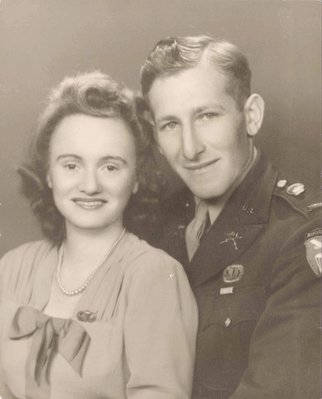
Mom and Dad
Although the new museum is not yet opened they have finished sprucing up the station and this is what it looks like:
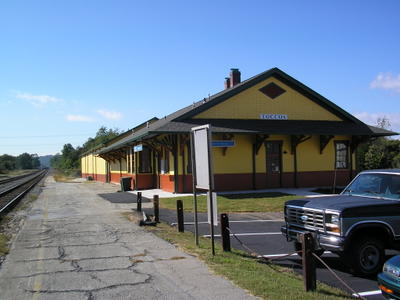
Toccoa train station
There is a set of markers outside of town where Camp Toccoa originally was. Here is the main marker. The declining symbol of boots represents the declining number of paratroopers that are still alive. On the other side of this marker are listed the number of killed, missing. and wounded for each regiment; the total KIA for the 501st is 517 which includes Lt. Marks.
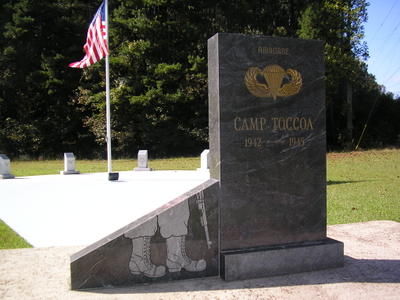
Camp Toccoa Marker
Here is the only remaining building from the camp, probably the mess hall.
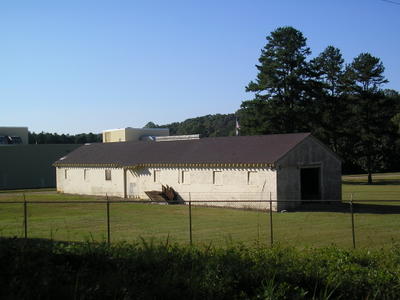
Only remaining Camp Toccoa building
Where the parade ground once was is now a grove of pine trees but one can see where the streets of the camp used to be and some have been informally named.
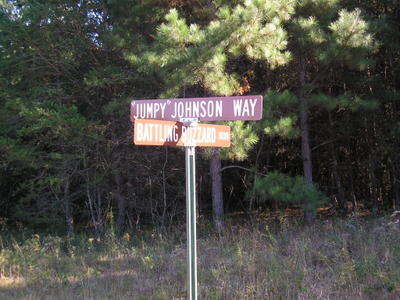
Jumpy Johnson
Howard Johnson was a real character; he would do as many as six jumps in one day, hence his nickname, Jumpy. He gave a famous speech as the troops were about to take off for D-Day. As he pulled his trench knife from its scabbard he said, “I swear to you that before tomorrow night this knife will be buried in the back of the blackest German in Normandy.” The troops went wild. What is funny is that Don Kane says that when Johnson first tried to pull the knife out of the scabbard it got stuck and he had a terrible time trying to get it out. The troops respected him as a leader but thought he was more than a little nuts. He was killed in Holland.
Probably the most famous part of the training at Toccoa was the daily run up and down Mt. Curahee, six miles total. It is very steep. I did not have the time or energy to do the whole thing so I cheated and drove most of the way but still had a strenuous walk of about half a mile up very steep terrain.
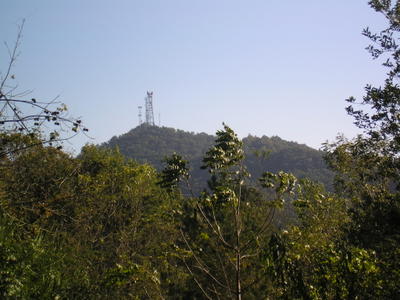
Mt. Curahee
The trail up the mountain has been named in honor of Col. Sink who was the head of the 506th and much revered by his men. I know his daughter who works in community planning in the Seattle area. When I first talked to her on the phone I had no idea who her father was (she has a different married name) and was amazed to learn that she was the daughter of THE Col Sink.
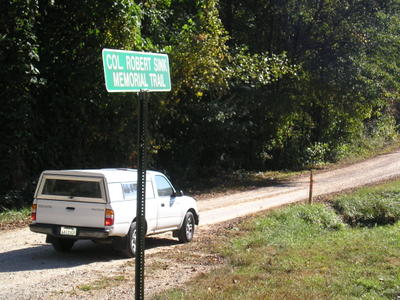
Col. Sink Trail
Here is a view from the top. I thought the eagles, if that is what in fact they are, were appropriate because the 101st is known as the Screaming Eagles.
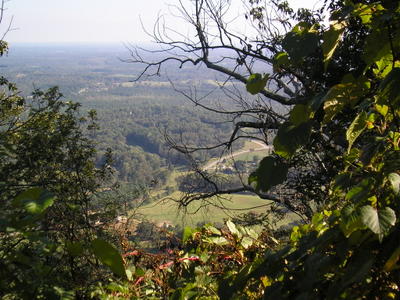
At the top
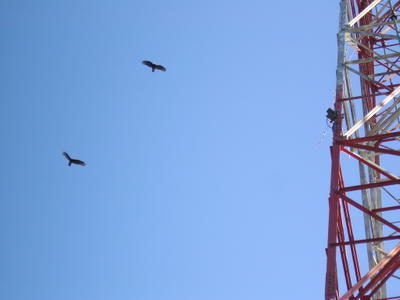
Screaming Eagles
The picture from below was taken from some peoples’ yard since I could not get a good shot from the road. I was a little uncertain about venturing on their property since they had a Ten Commandments sign at the entrance to their driveway. The woman was very fat and they had two yippy little dogs in a little fenced area. But they were nice; the people I mean, not necessarily the dogs. They bought the house from someone who lived there in the early forties and the former owner remembered seeing the soldiers run up and down the mountain. The ten commandment sign is common in this part of the country and is probably a reaction to the legal battle about the display of this item. Thinking about it, I actually felt that one could do worse than support the Ten Commandments, which is sort of a good statement of ethical conduct. This is in spite of what Bertrand Russell said about the only commandment that he was sure he never broke or wanted to break was “Thou shall not covet your neighbor’s ass”.
After enjoying a quite morning picking up the rays of both the sun and the wi-fi hot spot in a little plaza in the village of Clemson, South Carolina and then braving the conurbation and the seemingly endless strip of urban sprawl leaving Charlotte, North Carolina, I headed to the Southern Pines area of North Carolina in an attempt to see if anything remained of Camp Mackall where I was born. And to see if they have erected a monument to this fact yet.
Here are a couple of pictures of my father at Camp Mackall. The first is of him jumping out of a plane. The second was during the teaching of urban fighting at a mock German-occupied village called Schicklegruberburg. My father received a letter of commendation from Jumpy Johnson for leading his men in this effort.
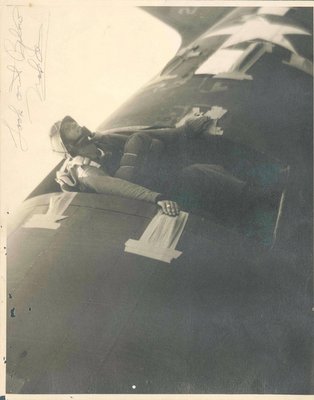
Geronimo
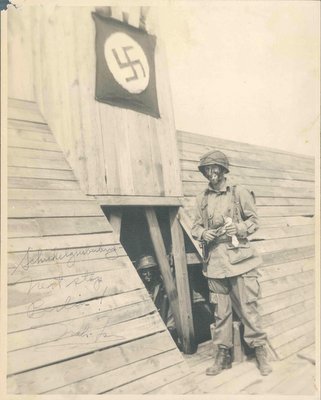
Schicklegruberburg
When I got to Camp Mackall I had to talk my way past a guard who was keeping people off the small part of the old base that is still used for special forces training. He finally let me through although later I saw this historical marker on the main road on the other side of the base.
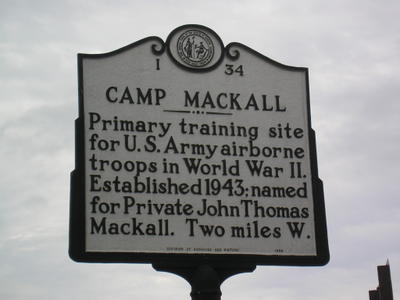
Historical marker
Once past the guard I came across this sign on the old base, which was named after John Thomas Mackall, the first paratrooper killed in WWII.
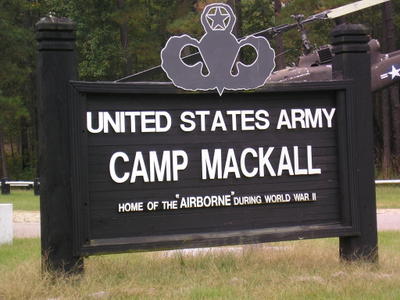
On site sign
I was able to find the base by use of a USGS map. In addition, I have a historic USGS map which shows where the old hospital area was. It is the dark area in the center of the second photo.
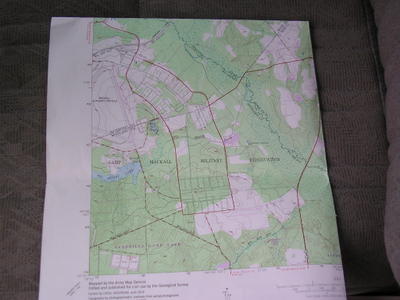
USGS map

Old map
So I figure I was born right about in the area shown in the following photo. In fact, the brown marker in the picture is to be the site of a monument to be erected noting this event.

Drop Zone
And here is the design of this future monument:
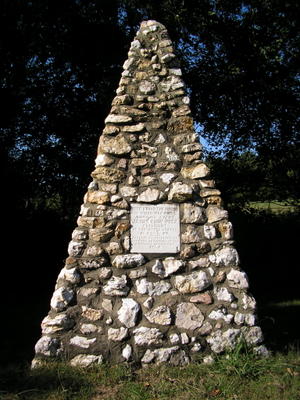
One Polk Two Fell
Actually, this is a maker at the James K. Polk Museum in Pineville on the outskirts of Charlotte (half of North Carolina is on the outskirts of Charlotte). That museum was closed on the Monday I was there so I was not able to inform them about the true history of the Polk Doctrine (an old family joke).
After checking out Camp Mackall I headed into nearby Southern Pines where by mother and father lived. I was not able to find any historical record of the Southern Pines Cottages where they lived but once again I was moved by the railroad station. I could just envision my grandmother getting off the train here after the long trip from Los Angeles to be with my mother while she gave birth; my father was off on maneuvers in Tennessee at the time but he returned shortly thereafter.
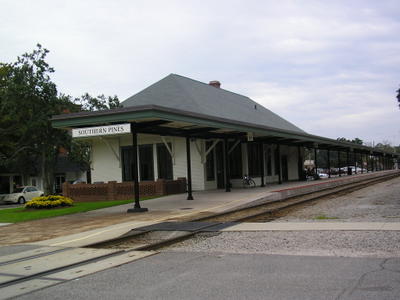
Southern Pines Train Station
So that’s were this part of my journey that concerns WWII ends, at the beginning where it all, at least for me, began.
